- Have any questions?
- +86-189 8930 5995
- sales@mosinterchem.com.cn
Murexide CAS 3051-09-0

Azure I CAS 531-55-5
21/12/2018
Basic Violet 14 CAS 632-99-5
21/12/2018| Model: | MOS 3051-09-0 |
| Place of Origin: | Shandong,China (Mainland) |
| Brand Name: | MOSINTER |
| CAS No.: | 3051-09-0 |
| Molecular formula: | C8H8N6O6 |
| Molecular weight: | 284.19 |
| Colour index: | 56085 |
| Soluble: | Slightly soluble in water |
| Melting Point: | 300 °C |
| Flashing point: | 270.2°C |
| Boiling point: | 523.2°C at 760 mmHg |
| Vapour pressure: | 4.81E-11mmHg at 25°C |
Murexide (CAS: 3051-09-0)
| Item | Index |
| Appearance | Red-purple powder |
| Sensitivity Test | Past test |
| Residue on ignition (sulfate) %≤ | 1.0 |
Related Information
Molecular Formula:C8H8N6O6
Molecular weight:284.1857
Safety term:S22; S24/25;
Application:Usedn as complexometric indicator for determing the Calcium, cobalt, copper, manganese, nickel, scandium, zinc and so on
Murexide (NH4C8H4N5O6, or C8H5N5O6·NH3), also called ammonium purpurate or MX, is the ammonium salt of purpuric acid. It may be prepared by heatingalloxantin in ammonia gas to 100 °C, or by boiling uramil (5-aminobarbituric acid) with mercury oxide. W.N. Hartley found considerable difficulty in obtaining specimens of murexide sufficiently pure to give concordant results when examined by means of their absorption spectra, and consequently devised a new method of preparation for murexide. In this process alloxantin is dissolved in a large excess of boiling absolute alcohol, and dry ammonia gas is passed into the solution for about three hours. The solution is then filtered from the precipitated murexide, which is washed with absolute alcohol and dried. The salt obtained in this way is in the anhydrous state. It may also be prepared by digesting alloxan with alcoholic ammonia at about 78 °C; the purple solid so formed is easily soluble in water, and the solution produced is indistinguishable from one of murexide.
Murexide in its dry state has the appearance of a reddish purple powder, slightly soluble in water. In solution, its color ranges from yellow in strong acidic pH through reddish-purple in weakly acidic solutions to blue-purple in alkaline solutions. The pH for titration of calcium is 11.3.
Justus von Liebig and Friedrich Wöhler in Giessen,Germany, had investigated the purple product, murexide, obtained from snake excrement in the 1830s but this was not an abundant raw material and a method of using it as a dyestuff was not established at that time. In the 1850s, French colorists and dye-producers, such as Depoully in Paris, succeeded in making murexide from abundant South American guano, and of applying it to natural fibers. It was then widely adopted inBritain,FranceandGermany.
Murexide is presently used in analytical chemistry as a complexometric indicator for complexometric titrations, most often of calciumions, but also for Cu, Ni, Co, Th and rare earth metals. Cf. Eriochrome Black T. Due to the minute amounts needed for this purpose, it is often used in a 1:250 mixture with potassium sulfate.
Murexide is also used as a colorimetric reagent for measurement of calcium and rare earth metals; for calcium, the pH required is 11.3, detection range lies between 0.2 and 1.2 ppm, and the maximum absorbance wavelength is 506 nm.
Murexide and methyl red are investigated as promising enhancers of sonochemical destruction of chlorinated hydrocarbon pollutants.
You must be logged in to post a review.

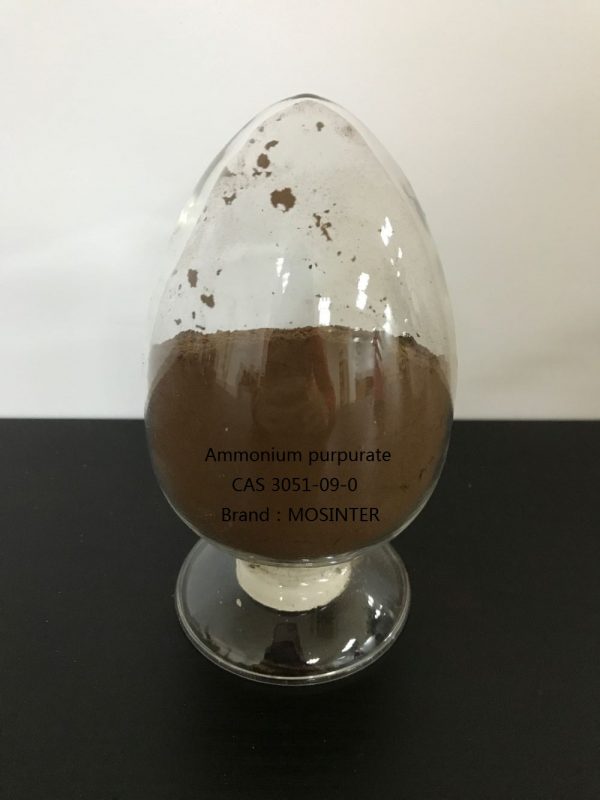
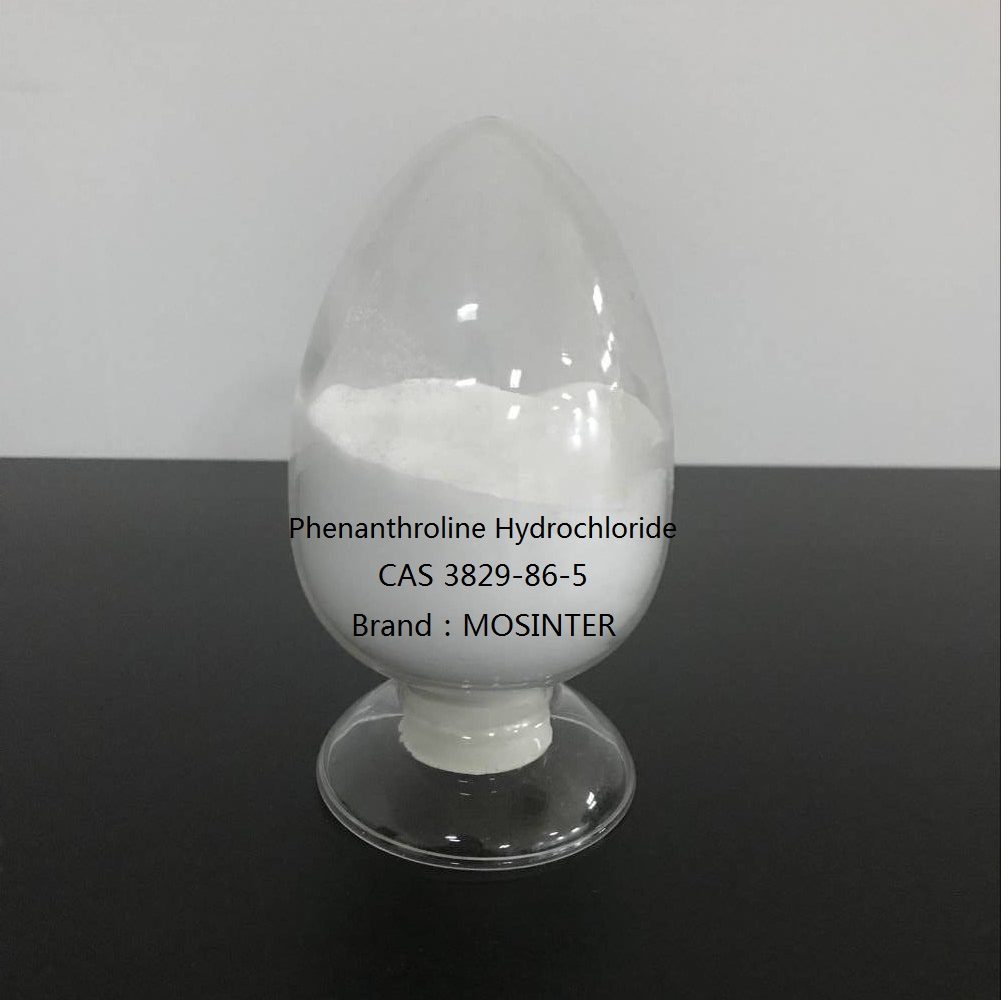
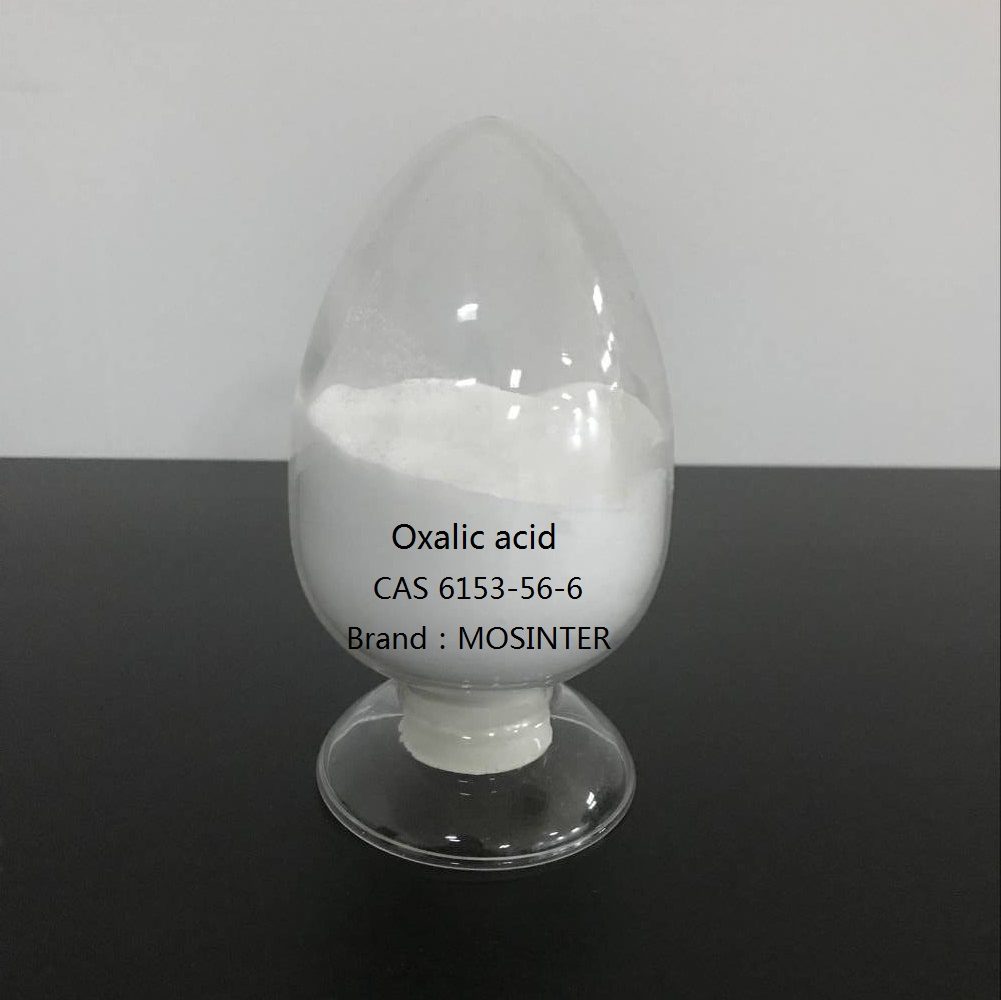
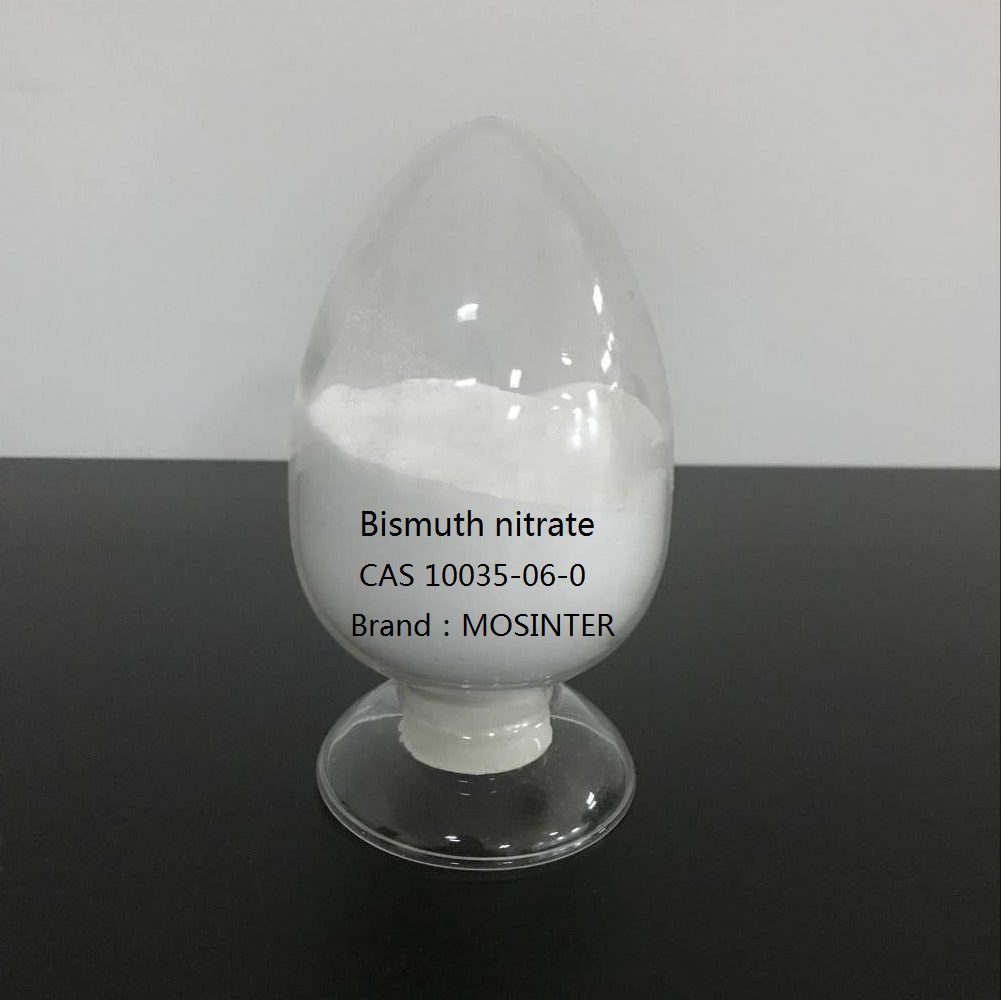
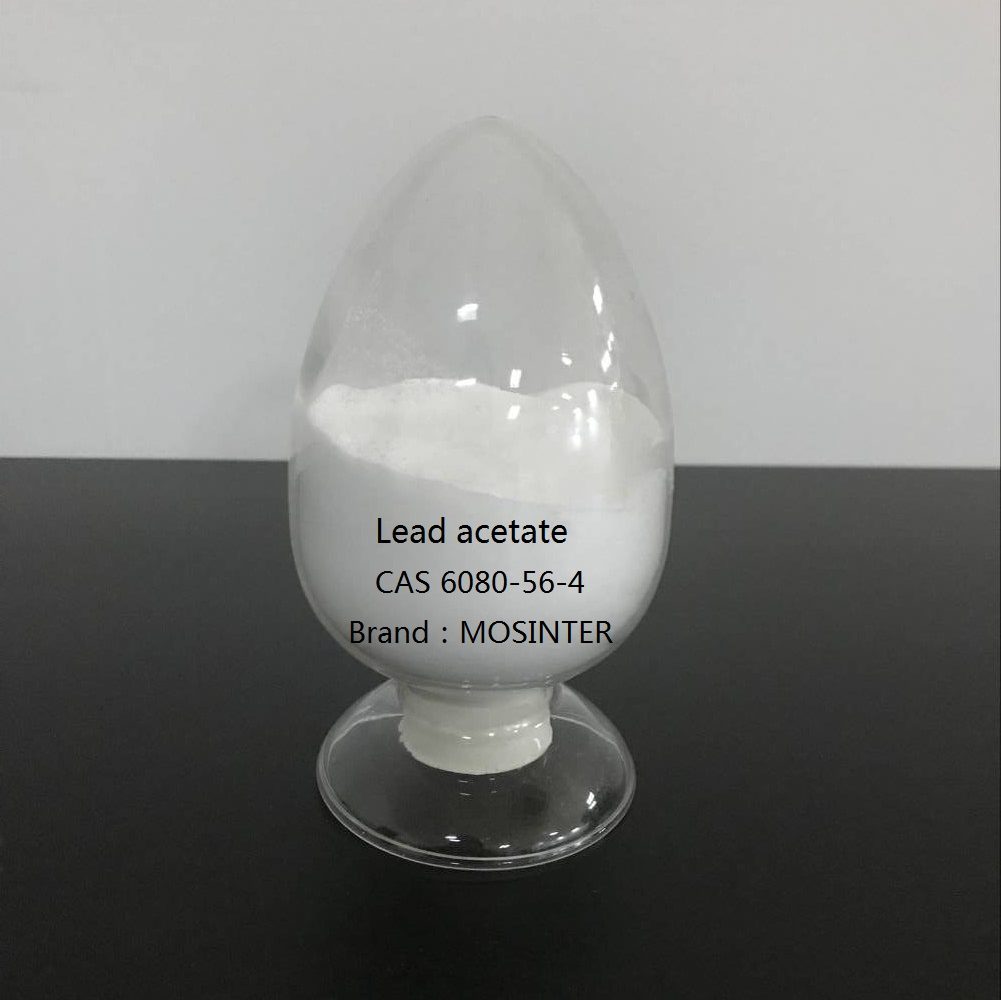
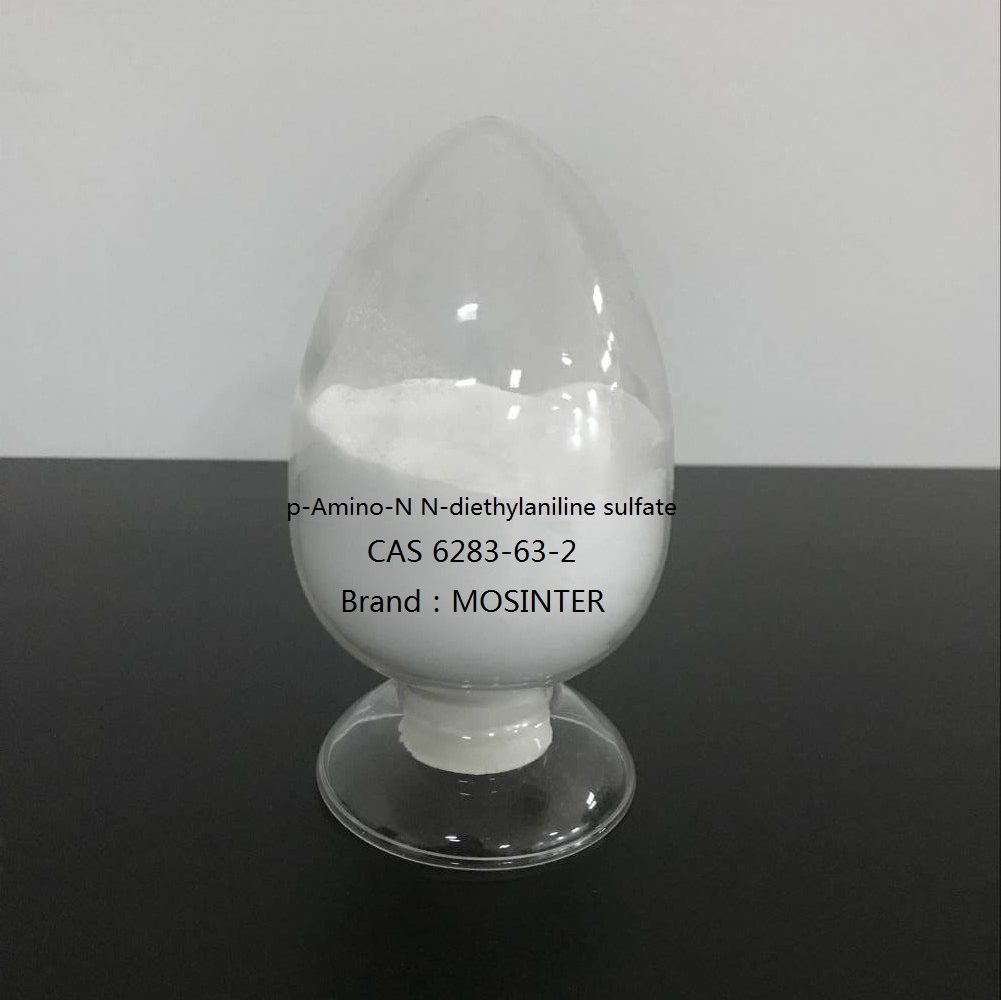
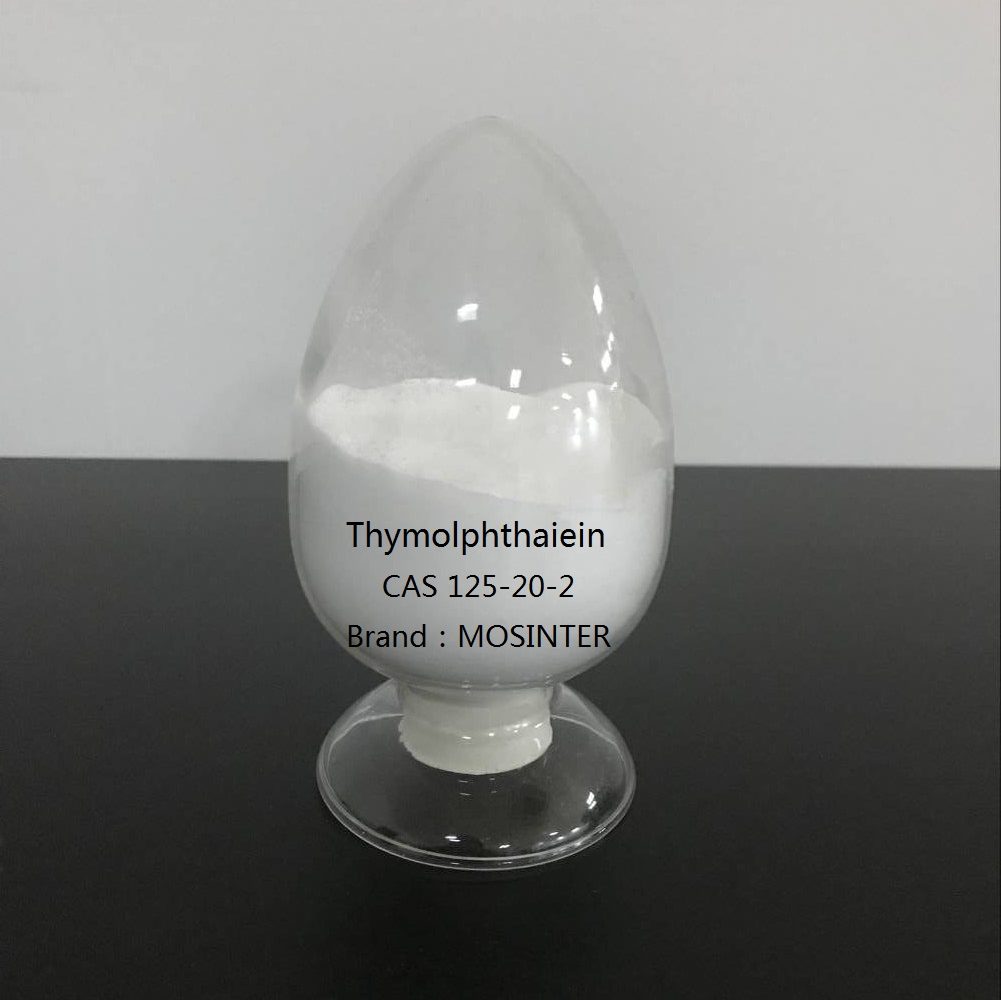
Reviews
There are no reviews yet.